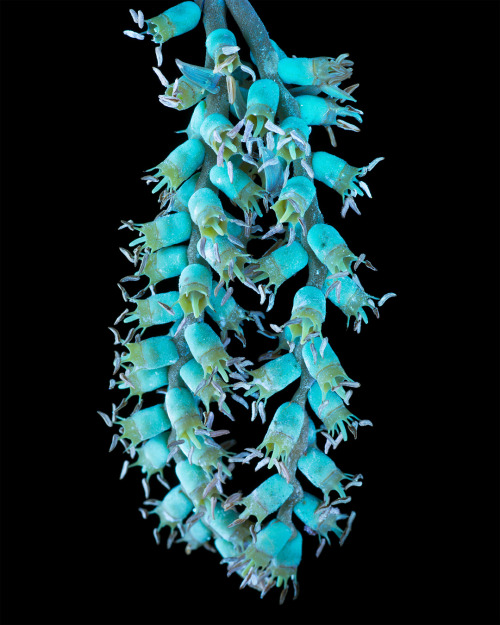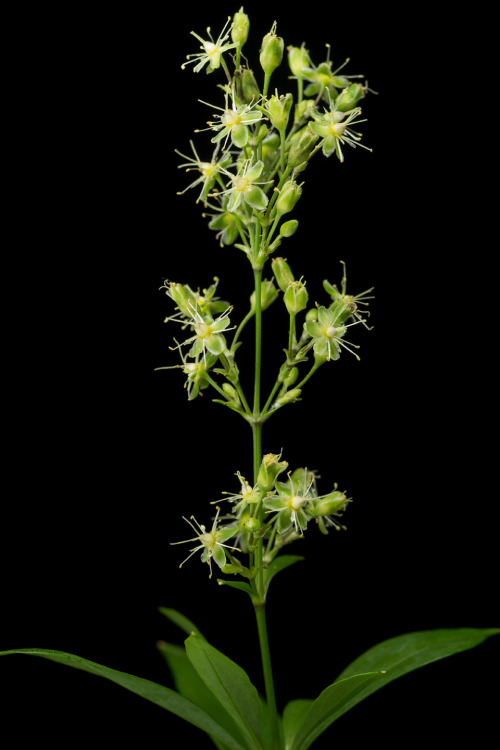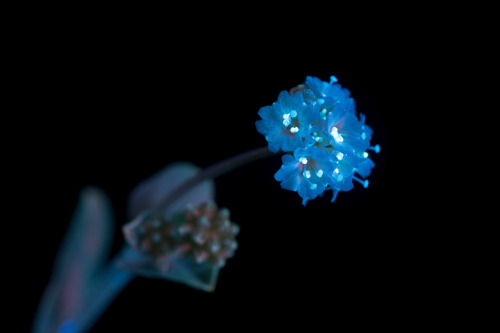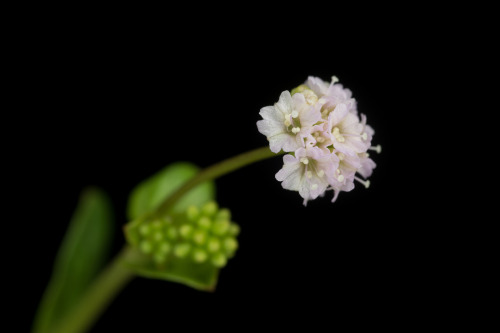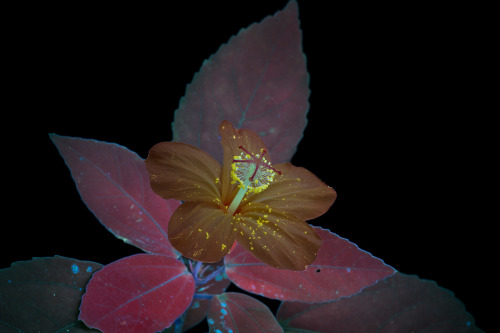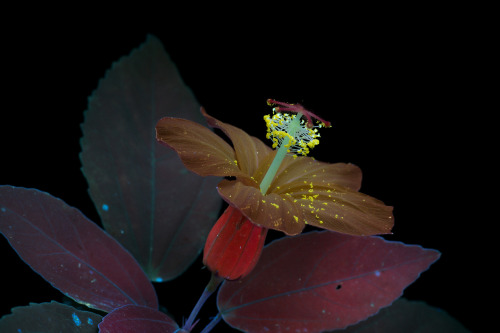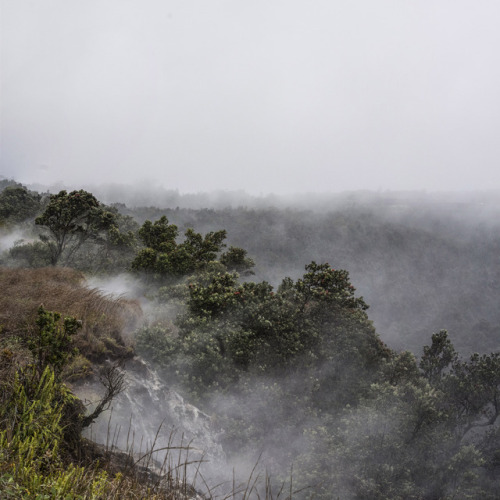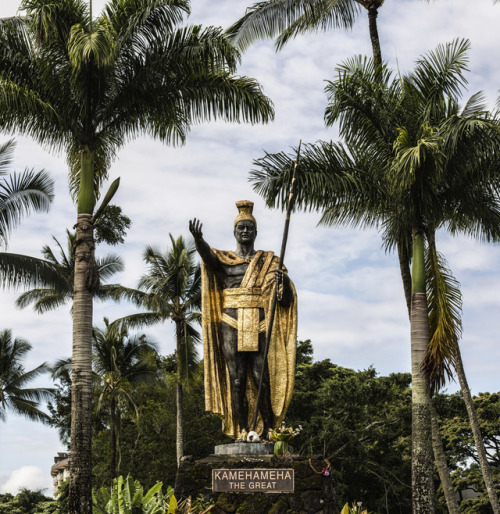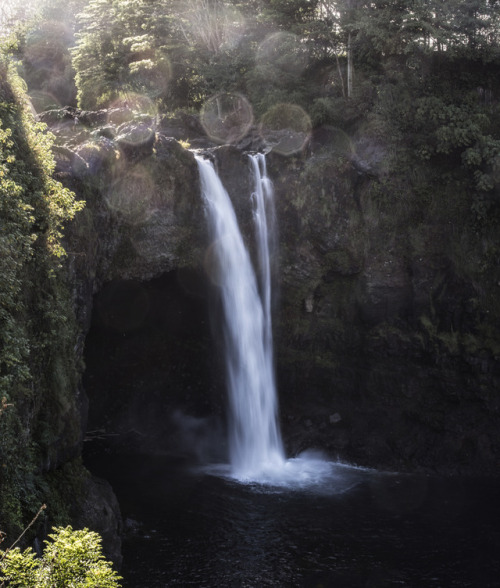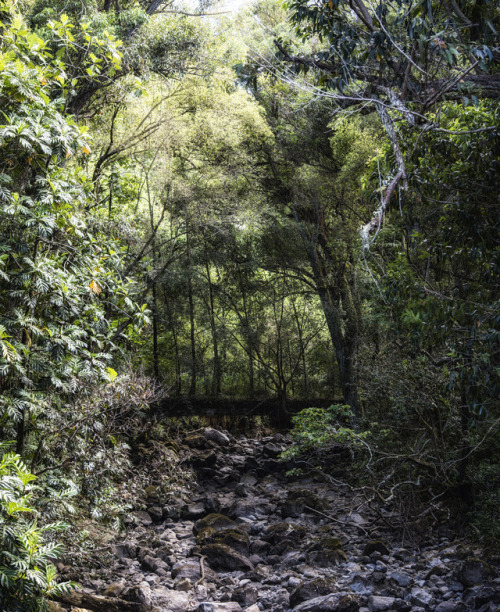#hawaii

Follow me on Instagram @reybaybaaay

Follow me on Instagram @reybaybaaay

Follow me on Instagram @reybaybaaay

Add me on Instagram @reybaybaaay

Follow me on Instagram @reybaybaaay

Follow me on Instagram @reybaybaaay

Happy birthday to me. June.09 ♊️
While thinking of a tropical island might conjure images of tall palms arcing over a beachfront lounge spot, you won’t find Pritchardia martii hanging around there. Endemic to the island of Oahu, P. martii grows wild starting around 1,000ft and up to around 2,600ft in environments ranging from fairly dry to quite wet.
Plants in the genus Pritchardiaare known in the Hawaiian vernacular as Loulu and the fruit as Hawane which is sometimes applied to the plant itself. These plants were used to make spears (the trunk), as thatching and weaving material (leaves), and as food (the fruit) for which notches were carved into the trunks to assist in climbing leaving some older specimens still bearing these marks.
The pendant inflorescences have an odor reminiscent to me of overripe stone fruit and readily gather small insects such as gnats. The cup-shaped flowers gleam with nectar and may attract rats which threaten the plants in the wild by eating not only the flowers, but the fruit when ripe.
This threat is once again a manifestation of human inhabitation of the island as more than one species was introduced, starting as far back as 1,600 years. While the issue is addressed in cultivation by attaching wire cages around the fruit, the approach is not feasible in the wild which may make long term efforts toward conservation challenging.
This subject was collected and photographed on the premises of Lyon Aboretum while I was on assignment for Hana Hou!
Post link
Schiedea admantis is certainly the most rare plant I had the privilege to photograph while on assignment on Oahu with its extremely narrow endemism inhabiting less than 3000 square feet inside of Diamond Head crater (Lē’ahi). The environment it grows in is harsh, requiring it to endure strong wind, intense light, drought, and high temperatures which together make it especially threatened by the effects of a changing climate. Further, as is the case with many native and endemic Hawaiian plants, the incredible abundance of introduced species poses a further human-driven threat to this unique species.
First described as a species in 1977, its population was already very small with fewer than 80 individuals found in a 1984 survey, and between 2 and 30 wild individuals in the modern day. The conservation guidelines for it call for preservation of existing populations, but also for ex-situ (out of habitat) cultivation in parity to preserve as much of the genetic diversity as possible. The Lyon Arboretum is responsible for plenty of these conservation efforts and luckily enabled this rare opportunity to document the species with UVIVF photography.
While first illuminating the flowers with my 365nm ultraviolet source each flower bore several bright spots which I didn’t realize until later were droplets of nectar clinging to the filaments supporting the anthers. Schiedea is a Hawaiian-endemic genus and after looking at a paper on them it seems this trait is shared broadly among its constituent species as the stamen and nectary are basically fused at the base, but quite curiously is not universal since some Schiedea have diverged to wind-pollination! These sorts of variations allow this genus to serve as a model for how the Hawaiian flora has evolved its various breeding systems.
Post link
Boerhavia repens or Alena is a member of Nyctaginaceae better known as the four’o’clock family for the habit of its flowers opening and closing depending on the time of day. This plant is found on all the main Hawaiian islands and many of the less known ones, growing in sandy or rocky soils in coastal areas. As with many plants, native inhabitants found uses for the plant, albeit few, using it mostly as small medicine (e.g. diuretic) and as a famine food.
I initially tried to photograph this plant in the evening, but struggled as the flowers were actively closing enough to cause motion blur in my photos. I gave up and to my surprise found them wide open early the following morning, prompting me to stay locked in my hotel room longer than I had intended. In the end this ended up being one of the plants I found most charming, and only now do I realize the resemblance in its growth to a native California plant I have photographed, Mirabilis laevis, with whom B. repens shares the family. Once I had finished, I brought it back to the native nursery Hui Kū Maoli Ola which had been generous enough to lend some of their plants to me and Hana Hou! for this project.
Post link
One of the things Hawaii is known for is its great array of Hibiscus and members of the mallow family (Malvaceae)in general. Back in June I was on Oahu on assignment for Hana Hou! to photograph native and endemic species and it is no surprise that a disproportionately large number were from this family. Shown here is Hibiscus kokio ssp. saintjohnianus, which cosmetically diverges from ssp. kokioby having orange flowers instead of a more common red or pink color. This rare and endemic subspecies has a limited distribution, localized to the coastal valleys of northwestern Kaua’i. The main historic uses of this species are the manufacturing of charcoal, creation of leis, and as a laxative. In modern times and surely throughout the past it of course was appreciated for its bright color and beauty. Thanks to the native nursery Hui Ku Maoli Ola and Lyon Arboretum for providing almost all the subjects for this series of Hawaiian plants!
Post link
Santa Barbara, CA.
If you want to go surfing and longboarding for fun? Go to Santa Barbara. Forget what you think you know. Hawaii is for pros and people who want to get good, fast. Honolulu in particular is full of holidaymakers (year round) who think they know everything about the island.
“Honolulu isn’t very ohana, is it? Hilo is where it’s at”. That is a direct quote from some random-ass guy I didn’t even know. I mean, 1) if he doesn’t like Honolulu, why come? And, 2) what does he think is going to happen if everyone points each other in the direction of Hilo like they did when coming to Honolulu?
Hawaii is sick but it’s got its issues man. Especially with crackheads etc, the media keeps you guys uninformed of that stuff because Hawaii makes a lot of money off tourism. There was a small tsunami not too long ago and someone with a lot of power somehow kept it getting to the mainlands via TV/internet. It was all word of mouth, and it basically just became Chinese whispers.
Post link
Is Hawaii on your travel bucket list
Kamehameha The Great (Kalani Paiʻea Wohi o Kaleikini Kealiʻikui Kamehameha o ʻIolani i Kaiwikapu kauʻi Ka Liholiho Kūnuiākea), the founder and first ruler of the Kingdom of Hawai'i
Post link







